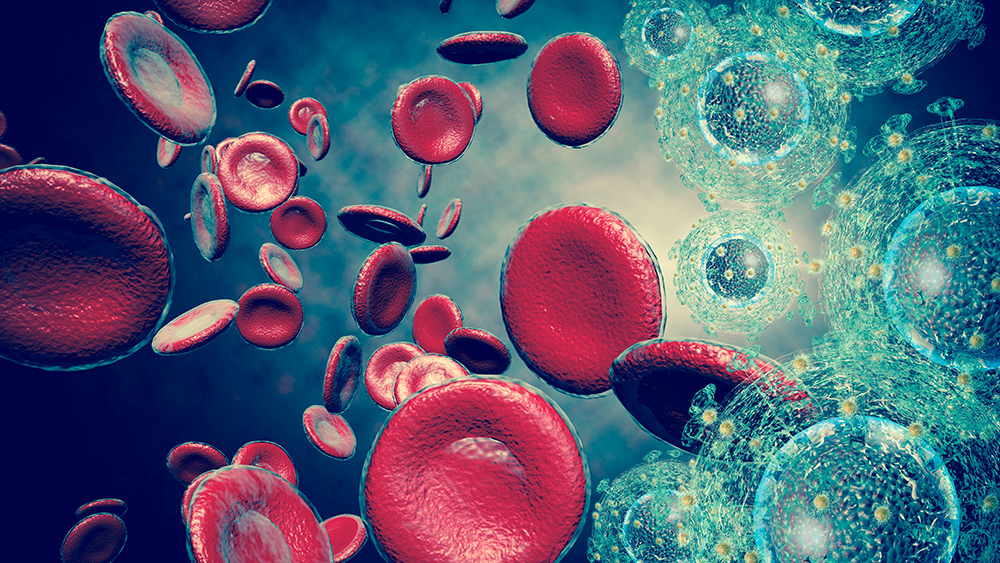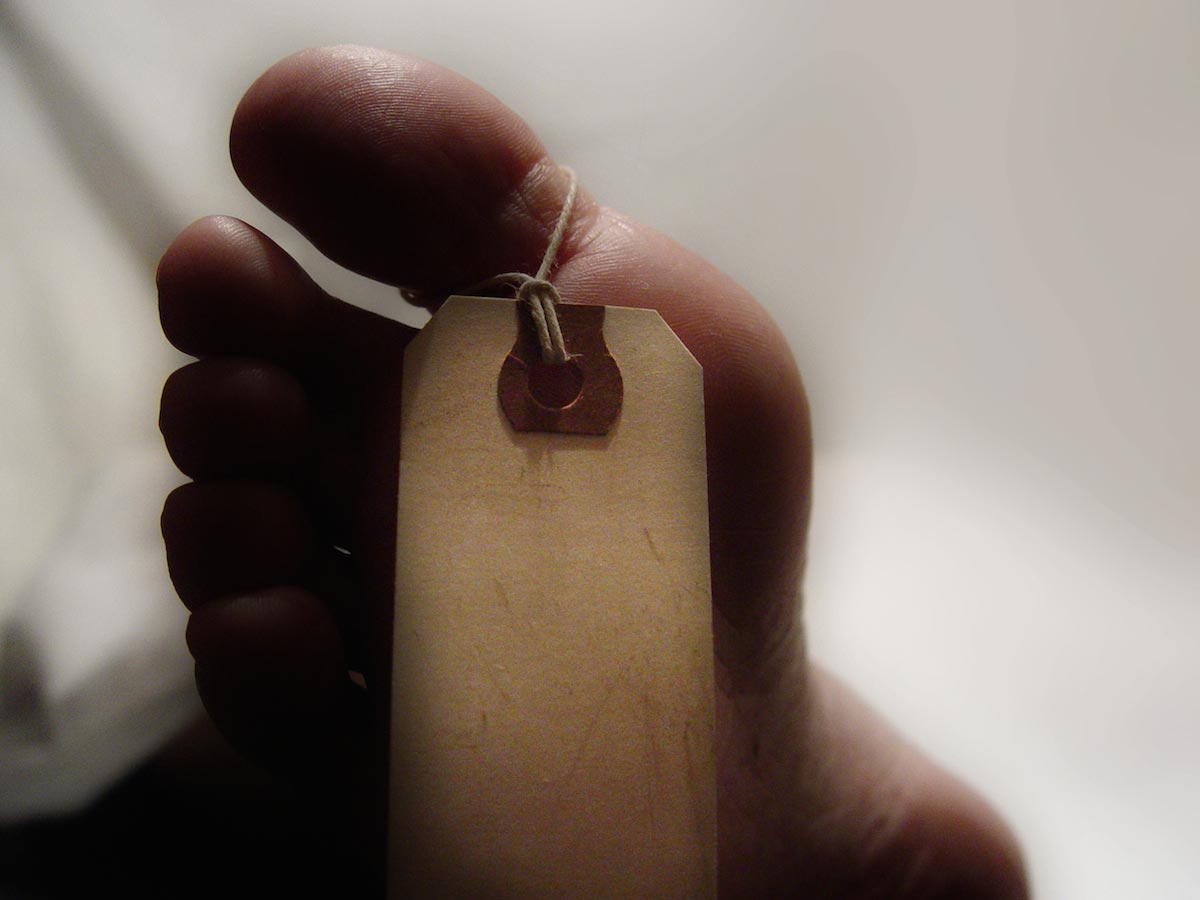Study: Frequent visits to green spaces linked to lower use of prescription drugs
01/20/2023 / By Belle Carter

A team of researchers from Kuopio, a city in forest-rich Finland, conducted a study linking frequent visits to green spaces to lower use of certain prescription drugs.
The 10 researchers from the department of health security at the Finnish Institute for Health and Welfare wanted to find out if the amount of residential green and blue space, frequency of green-space visits and views of green and blue spaces from home might be associated separately with the use of certain prescription drugs.
At the end of the study, they determined that connections between the visits to green spaces and the lower use of drugs for depression, anxiety, insomnia, high blood pressure and asthma are not dependent on people’s educational and income levels.
Their paper was published in the journal Occupational and Environmental Medicine.
The research took the responses of 16,000 randomly selected residents of Helsinki, Espoo and Vantaa to the Helsinki capital region environmental health survey from 2015 to 2016. The three cities make up the largest urban area in the Scandinavian country.
They gathered data on how 25-year-old and older residents experience residential green and blue spaces within a one-kilometer radius of homes. Green areas were defined as forests, gardens, parks, castle parks, cemeteries, zoos and herbaceous vegetation associations, such as natural grassland and moors and wetlands. Blue areas were defined as seas, lakes and rivers.
Respondents were also asked to report their use of prescribed drugs for psychotropic, hypertension and asthma from within the past week to more than a year ago. They were also asked how often they spent time or exercised outdoors in green space during May and September, with options ranging from never to five or more times a week.
Compared with less than one weekly visit, visiting green spaces three or four times weekly was associated with an odds ratio of lowering the use of mental health medications by 33 percent, blood pressure pills by 36 percent and asthma medications by 26 percent. The equivalent figures for visiting green spaces at least five times a week were a decrease of 22 percent, 41 percent and 24 percent, respectively. (Related: Green space makes you happy: A childhood spent in nature decreases risk of later depression.)
Walking in an idyllic urban setting improves mood and reduces stress
Most health advocates and practitioners have been suggesting how stress causes the above-mentioned ailments, especially in the urban “jungle” setting. In fact, medical research estimates as much as 90 percent of illnesses and diseases are stress-related.
National AG Safety Database website wrote: “Stress can interfere with your physical functioning and bodily processes. High blood pressure, cardiovascular disease and heart disease have been linked to stress factors. Other stress-related ailments include ulcers, allergies, asthma, and migraine headaches. Most health professionals agree stress can be a contributing factor in making existing medical problems worse.”
In line with this, a new study by researchers from the Science Museum of Virginia, Virginia Commonwealth University, University of Virginia and Virginia Tech found that “walking in a quiet urban setting with shade and greenery can significantly improve mood and reduce stress.” Meanwhile, walking in a noisier urban setting without shade and plants or green space can increase exposure to heat, air pollution and traffic noise, thereby increasing stress levels and heat-related discomfort.
The study, published in Cities & Health in September 2022, suggests that the environment matters when exercising in connection to mental health.
Participants of the study did a 30-minute walk both in urban green and gray settings, one week apart, with varying levels of air pollution and heat. “Walking in the urban green setting increased positive mood and HRV and decreased self-reported stress and arousal. Thermal sensation in the urban green setting was lower compared to the urban gray setting,” the researchers observed.
Check out Environ.news for more stories on the health benefits of green spaces.
Watch the video below that talks about prescription drug abuse.
This video is from the Drug Free World channel on Brighteon.com.
More related stories:
Nature and longevity: Living near green spaces found to promote public health.
Living near Nature may help improve your mental health amid coronavirus pandemic, study suggests.
Sources include:
Submit a correction >>
Tagged Under:
alternative medicine, asthma, blue areas, cardiovascular disease, environment, green living, green space, mental health, mind body science, natural cures, natural health, natural medicine, nature, outdoors, Prescription drugs, research
This article may contain statements that reflect the opinion of the author




















